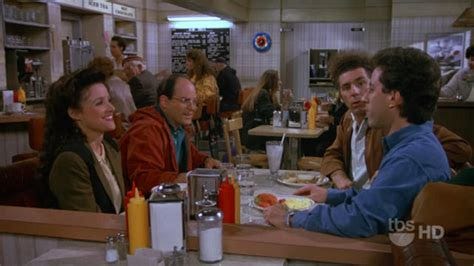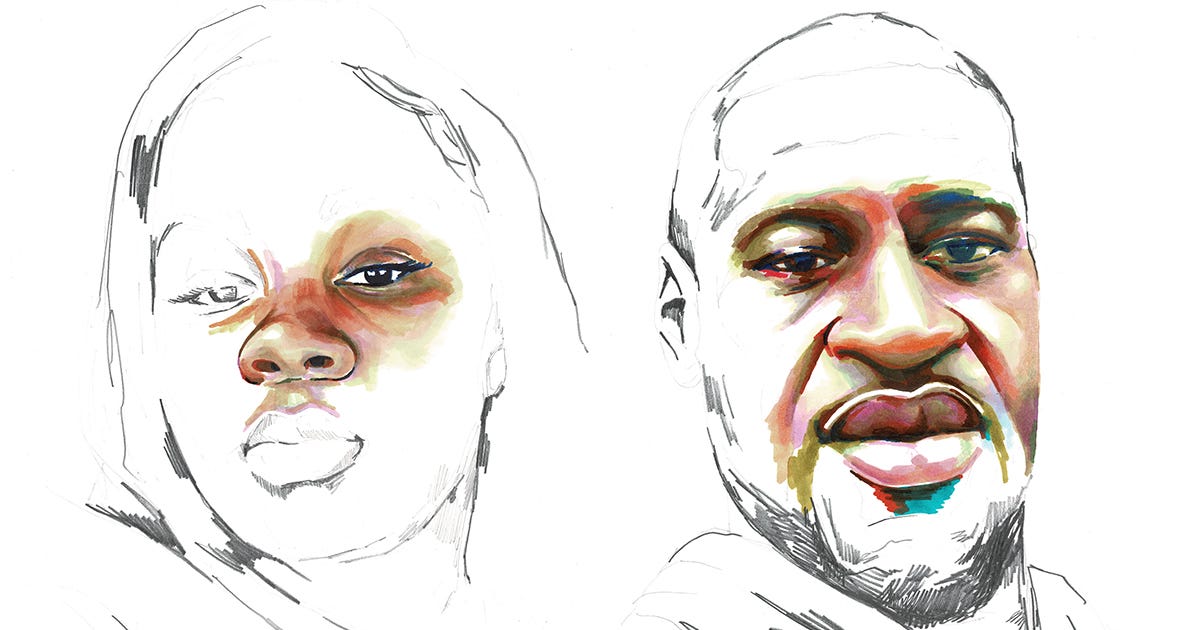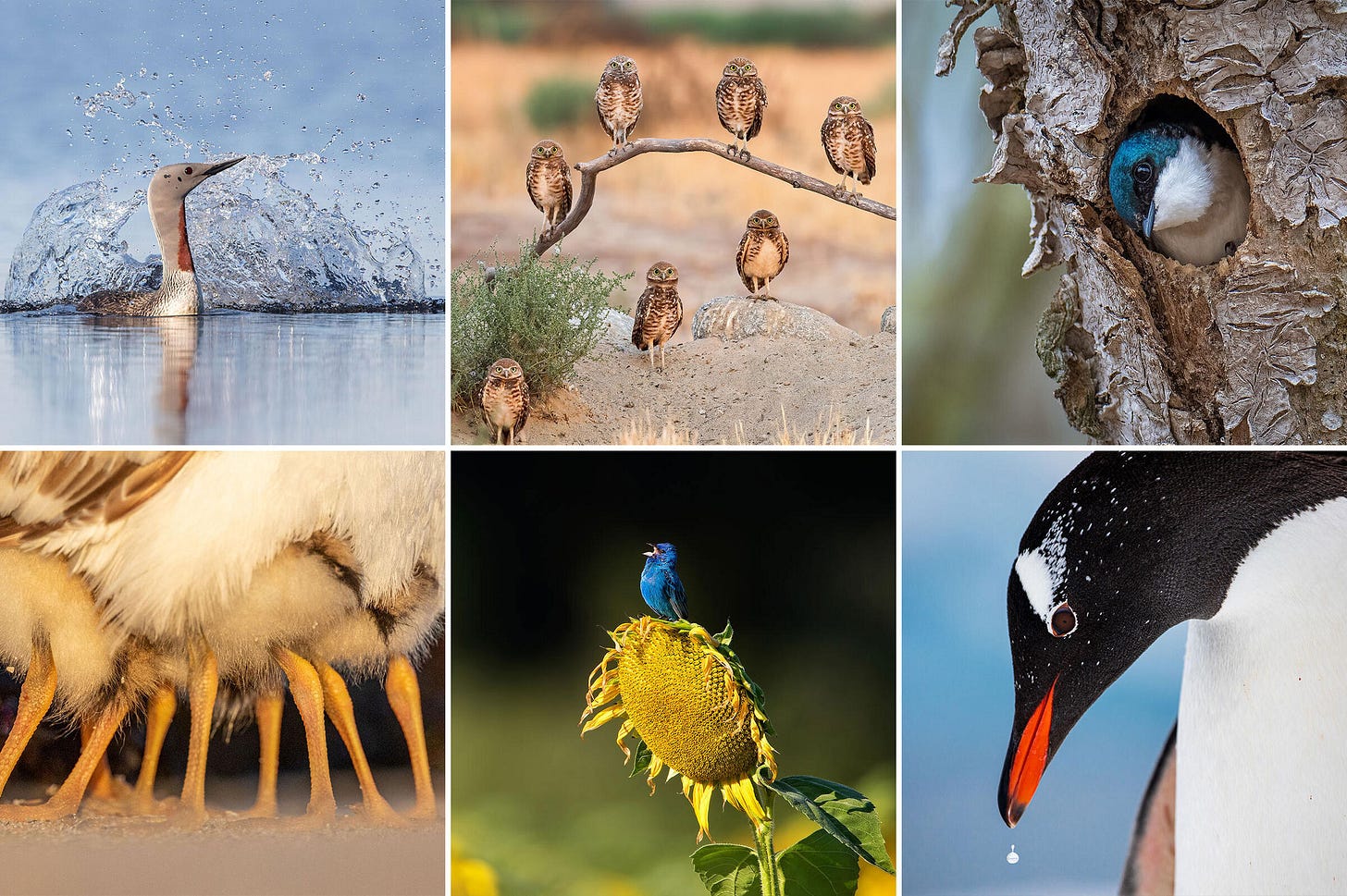
“Do what you love and you will never have to work a day of your life.”
And its corollary, “Do what you love and you’ll love it less and less over time.”
After a lifetime operating my own enterprise, I can report that both of those things can be true. I started what became my sole livelihood when I was twenty-two years old, which was way too young. I can honestly say that it was beneficial I had no idea what I was getting myself into because I would never have taken the leap if I had been a ‘bean counter’.
Instead, I am a firm believer in serendipity.
Then, as now, though slightly less so now, I trust my instincts, follow my heart and listen to my gut. In addition, I have also always sought advice, always welcomed help and always been open to collaboration.
I learned early on to delegate. I learned early on to loosen the reins and not try to micromanage. I learned early on that my style was to lead from the front, and not from the back.
What I never learned to do well was to express gratitude verbally. I’m pretty good with writing it. The speaking of it proves difficult for me.
All I ever wanted was to have people get along.
Recently we’ve added as a tag line, “Building community. One river trip at a time.” Because THAT was/is what I love about what I do. (As an aside, it was what my dad and my mom loved to do. My dad had the flashy role of being the head pastor while my mom was the glue for the family and poured her heart and soul into the extracurricular aspects of the church. As a result, all of my siblings are team builders of some sort or the other.)
I was better at it when I was younger but, thankfully, I think I set the foundation in a good place because now it seems the community I fostered into existence flourishes like the weeds I can never defeat on my back patio. I have become a vestigial conductor while the orchestra - continues to grow - and plays on.
“Those who danced were thought to be quite insane by those who couldn’t hear the music.”
I love this quote.
I first saw it being used by a Seattle radio station during the Reagan years. The poster pictured what was meant to be a vagrant or a hobo or an itinerant holding a boom box to his ear while balancing like Mr. Miyagi in The Karate Kid on a railroad track. I liked that idea.
For me it goes along with the John Stewart (the former Kingston Trio guitarist/singer, not the one of The Daily Show fame) quote I use at the beginning of just about every spring guide training.
“No one cares what you do. They all think everybody’s looking at them. We spend our whole lives being cool. On our tombstones it’s going to say, they didn’t have any fun, but they were COOL. So, you owe it to yourselves. It feels great to sing.”
John Stewart’s exhorting his audience to join him in a singalong. When I say it, I am trying to make sure guides-in-training know it’s permissible to be silly. To let down their hair.
Dance. No one cares what you do. They’re incapable of hearing the music you’re dancing to.
“If I had a swing like that, I’d paint it red and put in my backyard!”
I just threw this one in for the sake of those who knew my mom. I can’t find reference for it on the internet but I also can’t believe this is an expression authentic to my mom.
Sometimes she’d utter it beneath her breath, but audible enough so her kids could hear it, when we’d encounter a young woman ‘showing off her wares in a public way’. That’s my euphemism for a female sashaying down the street - considering the era - most likely in a mini-skirt.
Sometimes she’d say it for the world to hear and embarrass us all. It was one of many colorful colloquialisms my mom would regurgitate. She had so many we’ve lost track of them all.
Because I can’t find reference to it online, I am a bit worried it may fall under The Mandela Effect. I read about The Mandela Effect yesterday.
The Mandela Effect refers to a situation in which a large mass of people believes that an event occurred when it did not.
This is also known as a false memory.
In psychology, a false memory is a phenomenon where a person recalls something that did not happen or recalls it differently from the way it actually happened. Suggestibility, activation of associated information, the incorporation of misinformation and source misattribution have been suggested to be several mechanisms underlying a variety of types of false memory phenomena.
Now, that I think about it, it is less likely to be a false memory because I can’t find it online.
Here are the first five search hits for “if I had a swing like that I’d paint it red and put it in my backyard - southern colloquialisms”:
Painted Porch Swing Project
How to Spray Paint a Wood Porch Swing
Tips for Painting with Red
Swing Set - Old to New with Paint!
Backyard Fence Art
The rest were in a similar vein. Absolutely nothing relating to an archaic southern expression which might be utilized by a southern belle with a little bit of Texas brashness when she encounters another woman advertising her ability to draw the attention of every male eyeball within a hundred yard radius.
I guess it was one of her originals.
###
Anand Giridharadas’ newsletter on Substack - the.ink - introduced me to this artist’s ink and graphite renderings of ‘those black people whose lives were stolen by the police’. Adrian Brandon’s website is titled “stolen” and his portraits are remarkable.
This series is dedicated to the many black people that were robbed of their lives at the hands of the police. In addition to using markers and pencil, I use time as a medium to define how long each portrait is colored in. 1 year of life = 1 minute of color. Tamir Rice was 12 when he was murdered, so I colored his portrait for 12 minutes. As a person of color, I know that my future can be stolen from me if I’m driving with a broken taillight, or playing my music too loud, or reaching for my phone at the wrong time. So for each of these portraits I played with the harsh relationship between time and death. I want the viewer to see how much empty space is left in these lives, stories that will never be told, space that can never be filled. This emptiness represents holes in their families and our community, who will be forever stuck with the question, “who were they becoming?” This series touches on grief and the unknown. - Adrian Brandon

Also, Audubon’s series of professional as well as amateur bird photos will certainly elicit some “ooooos” and “ahhhhhhs” out of you. Once again, I must thank my alert reader out of Spokane, Nancy Enz Lill, for bringing this to my attention.




